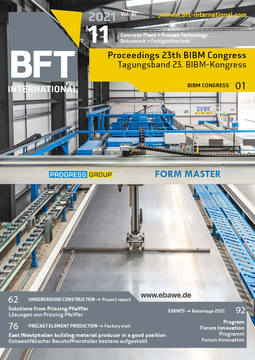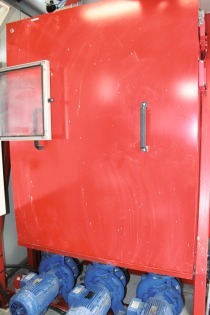Stormwater Management and Treatment
Contaminated stormwater is undoubtingly a significant stressor on aquatic ecosystems due to its content of an orchestra of chemicals including particles, nutrients, salts, metals and persistent organic micro pollutants. In addition, road water is recently being identified as one of the biggest source of microplastics to the aquatic environment.
The current practice in Norway, as in many other countries, is to build low-cost nature-based solutions also known as Sustainable Urban Drainage Systems (SUDS) or Blue-Green solutions. Several types exist but the by far most used method in Nordic countries is wet sedimentation ponds and basins. These practices has been recognized as a proper measure or Best Management Practice (BMP) to protect the aquatic environment from contaminated road water. However, experience gathered from mid 1990s together with new and updated knowledge about aquatic pollution from roads indicate that the current practice may often not be sufficiently protecting the receiving water bodies.
As a consequence, there is an increased awareness, also from the public, that environmental impacts caused by contaminated road water should be eliminated or at least reduced below thresholds that cause significant harm. New guidelines and requirements for management and treatment of road water are presented. The new guidelines frame up a new practice where two or more treatment steps are required on major roads with high traffic density or on roads adjacent water recipients assessed to be vulnerable. However, knowledge about the development, design, building, operating and maintenance of treatment facilities with multiple treatment technologies for road water is limited.
Basal are working on some new treatment processes, that will treat contaminated stormwater from roads and urban areas. Treatment processes must be flexible and based on standardized product so that the solution can be optimized according to the catchment area.
Stormwater solutions must bring some added value to the environment and it is a clear trend that the stormwater should be treated, it should be reused and infiltrated to the ground, and it should bring something green to the environment.





